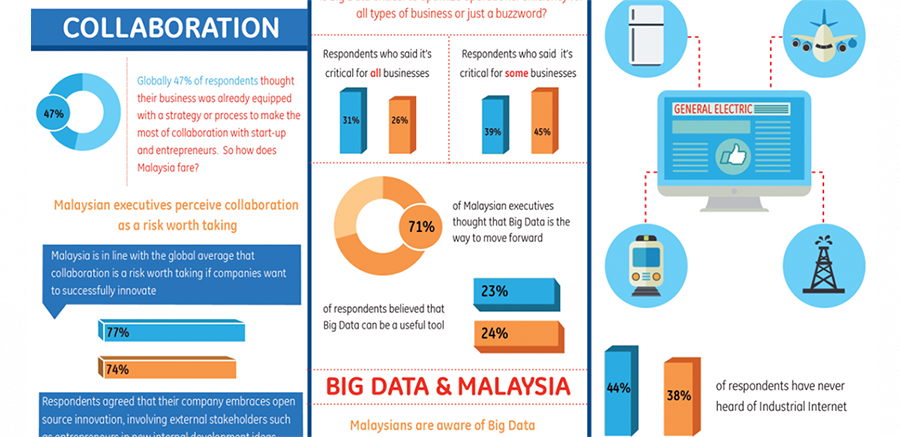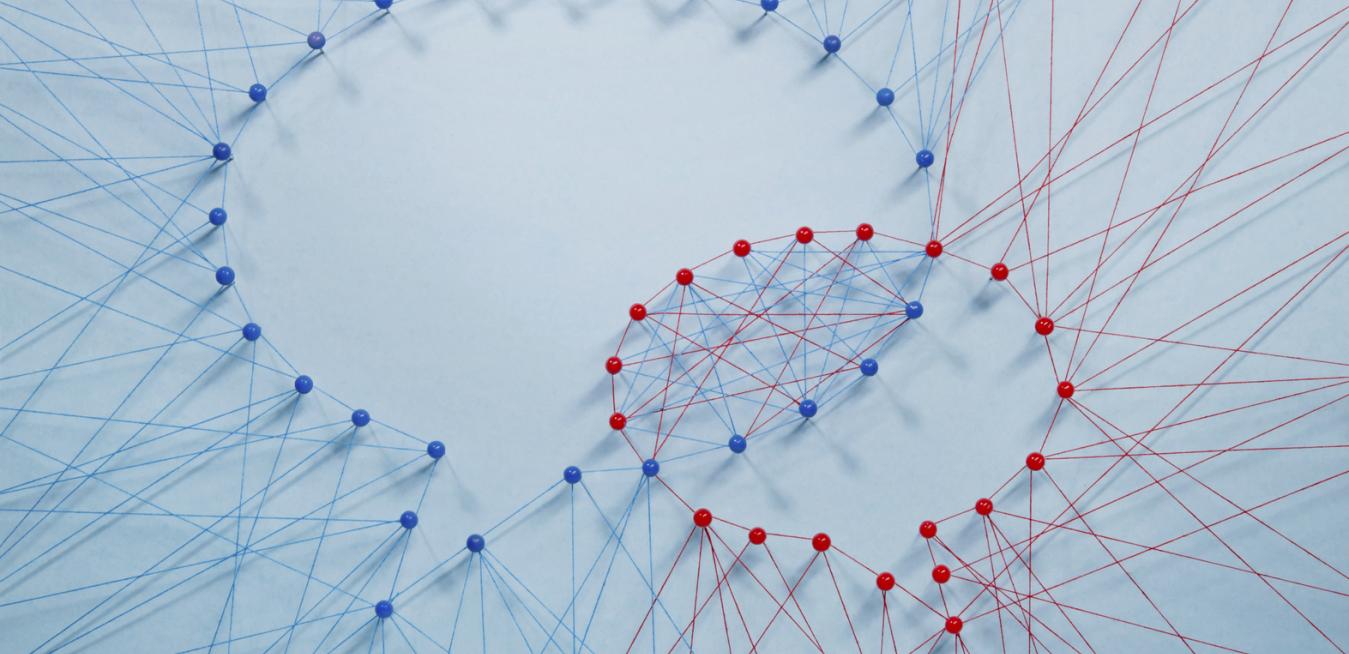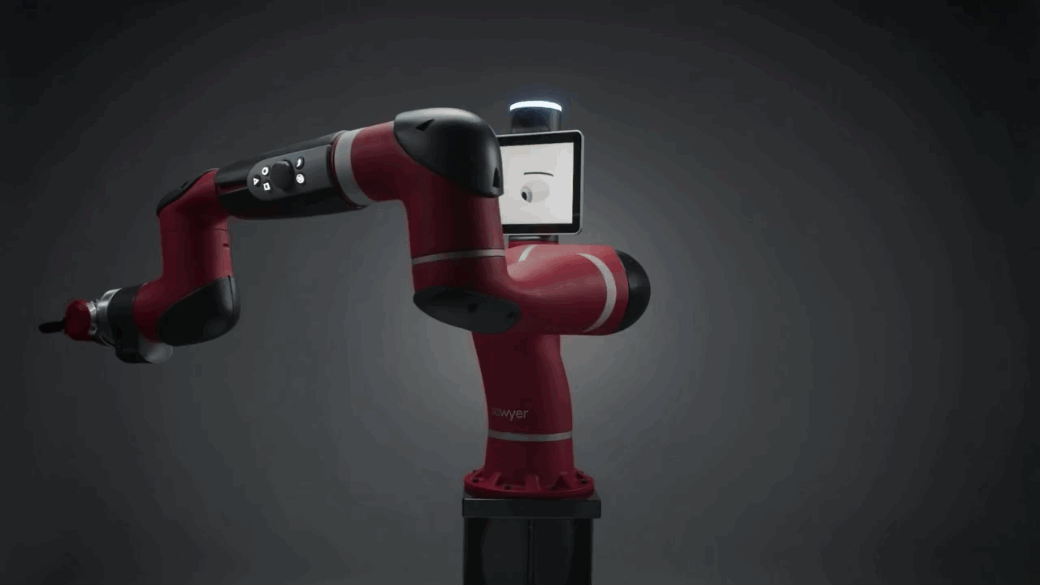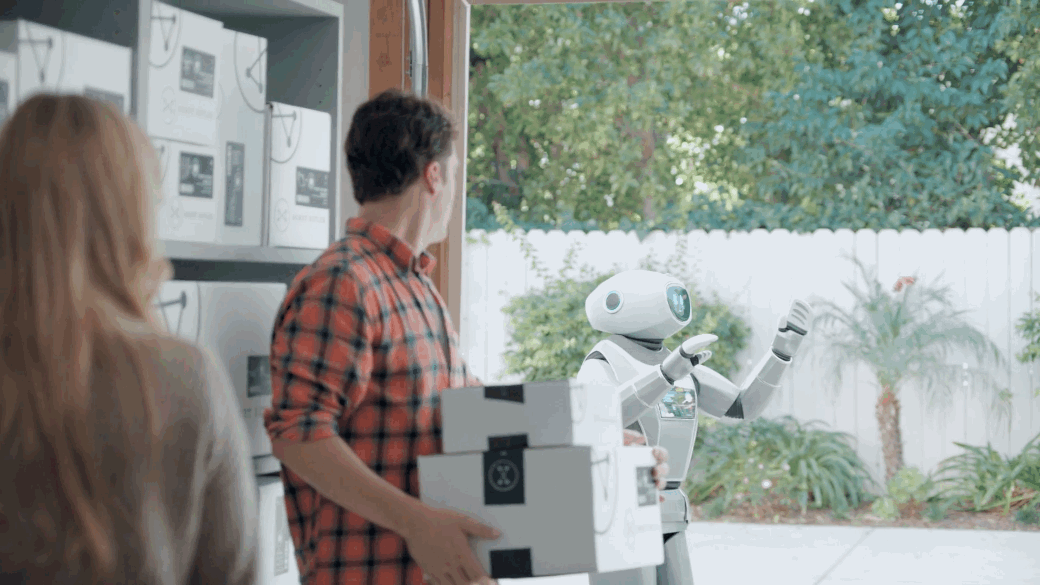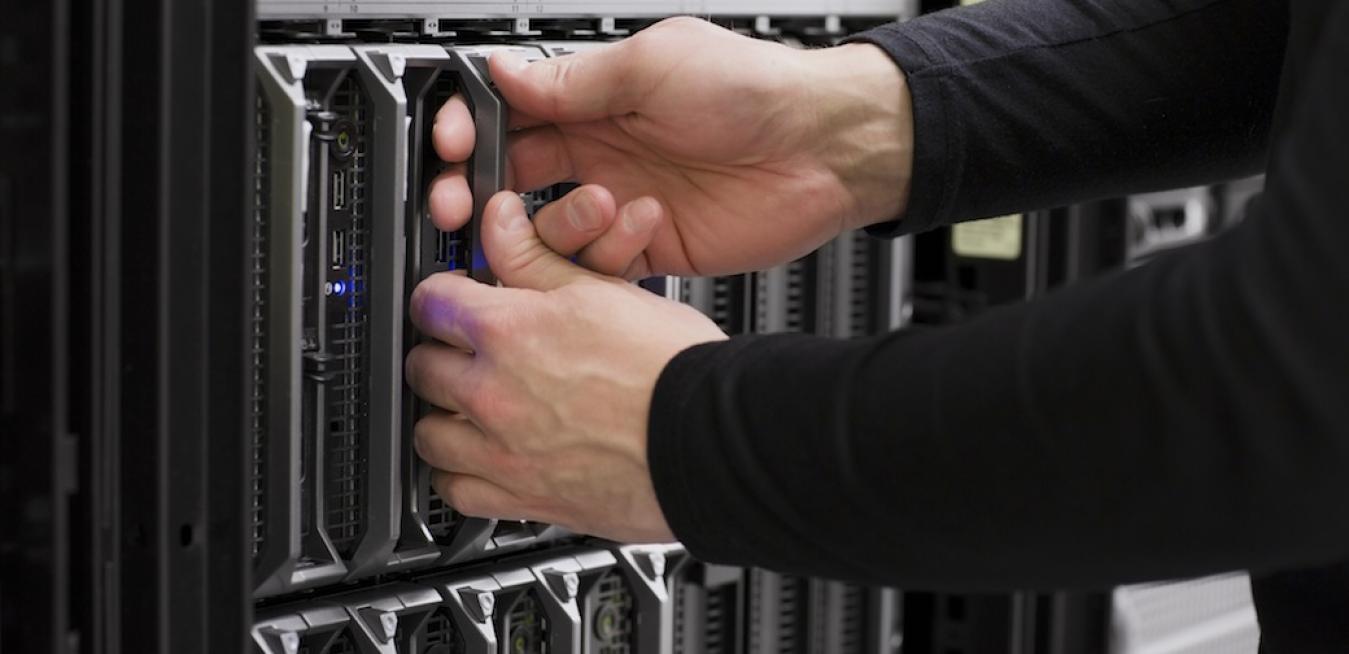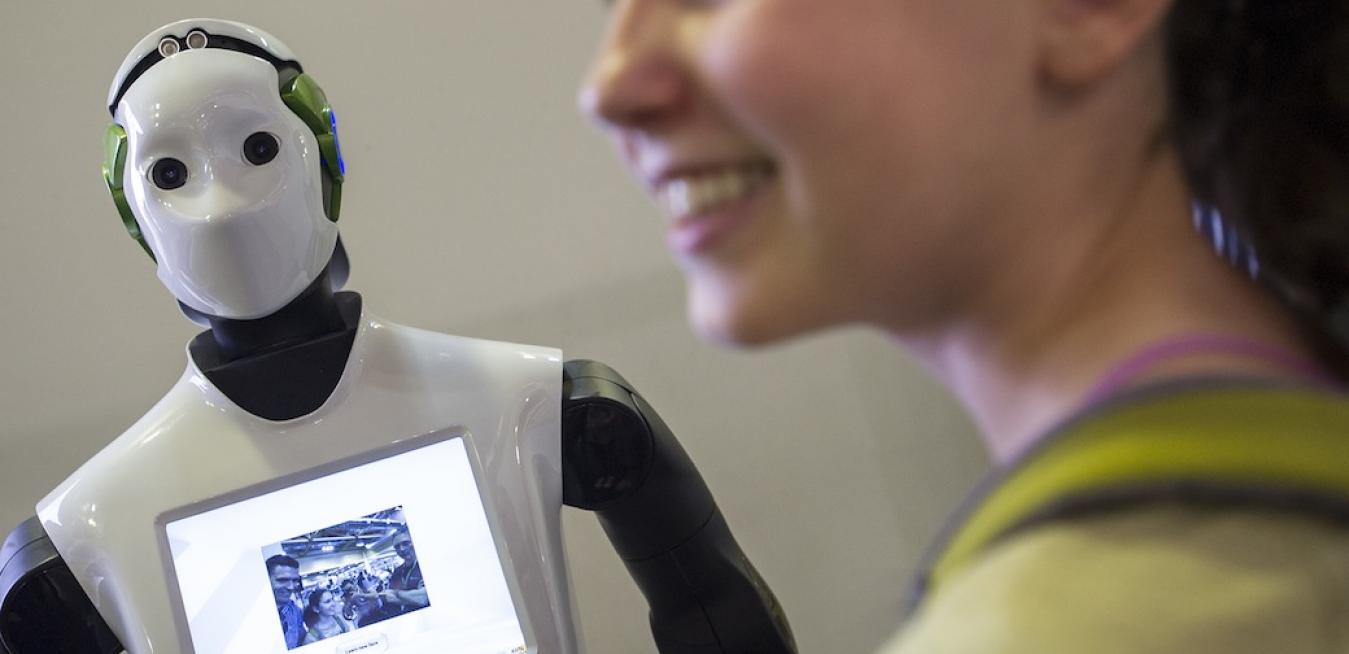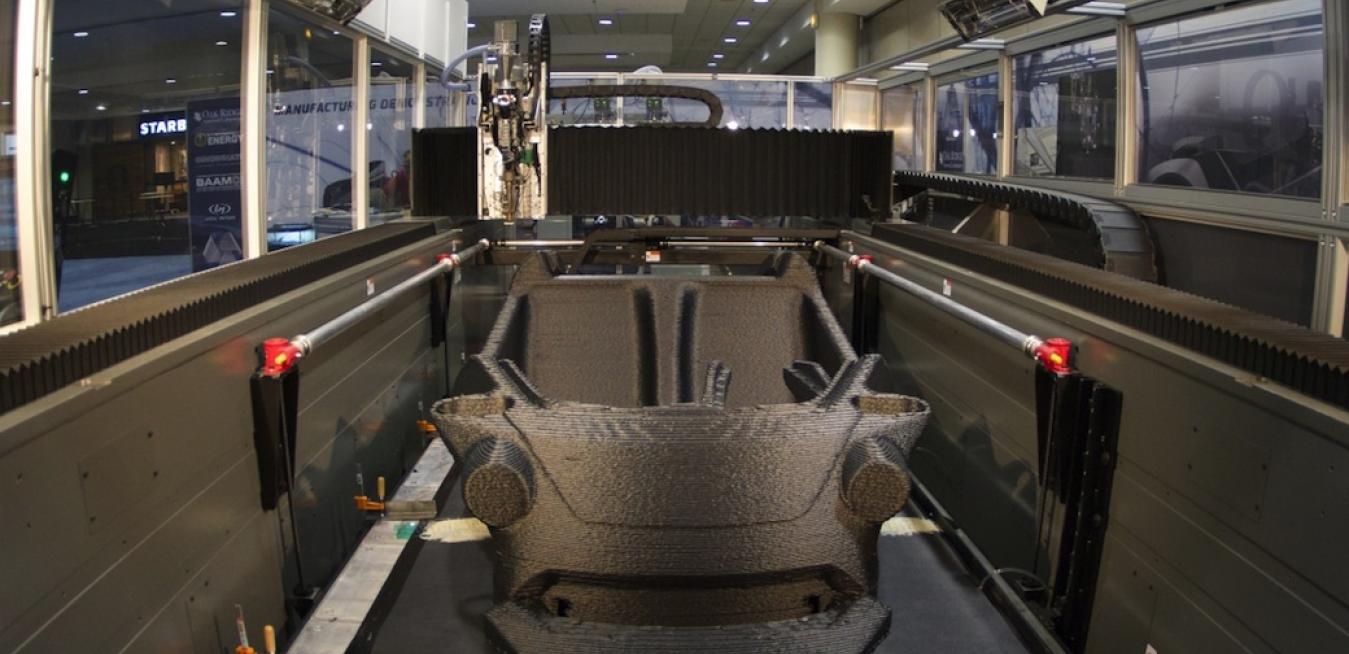Chicago and New York – October 19, 2022 – GE Healthcare and AMC Health today announced a collaboration that allows clinicians to offer Remote Patient Monitoring (RPM) as a virtual care solution that extends patient care outside the hospital to the home environment.
For media inquiries, please contact:
Jennifer PurdueCommunications Director
GE Healthcare
+1-267-593-9735
[email protected]





